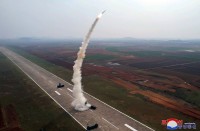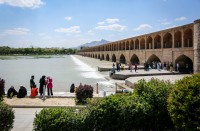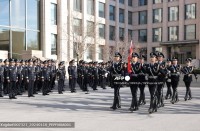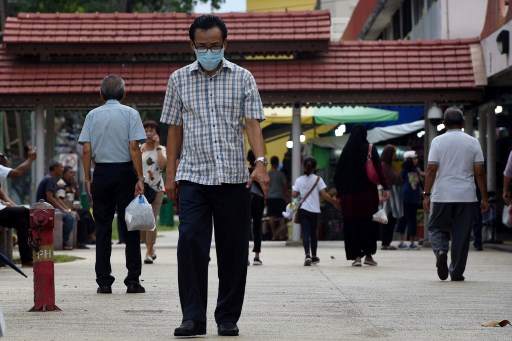
by Allison JACKSON
Agence France-Presse
Tighter travel restrictions were imposed in several countries as the number of cases in the region soared past 95,000 — a third of the world’s infections, an AFP tally shows.
Outside China — where the virus was first detected in December and infected more than 80,000 people — South Korea is the hardest-hit country in Asia with more than 8,500 cases.
While the number of infections in China has been falling for weeks, other countries are seeing the toll gather pace from spread of the highly contagious virus.
Cases rose by roughly a third in Thailand overnight to nearly 600, fueling skepticism about claims in neighboring Myanmar and Laos of zero infections.
Three doctors treating virus patients in Indonesia died, taking the country’s death toll to 48 with 514 confirmed infections.
Most cases are in Jakarta, where businesses have been ordered closed for two weeks.
After shutting its borders to foreigners and non-residents, Australia told citizens to also cancel domestic travel plans, with the number of cases topping 1,300.
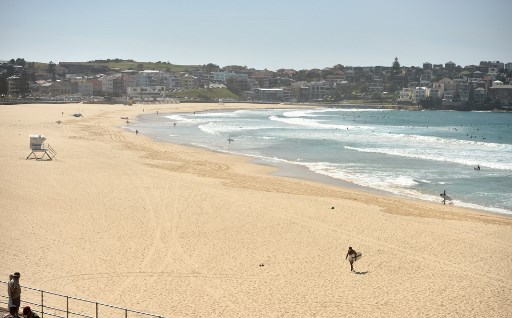
Bondi Beach and several other popular swimming spots were closed after crowds of sunbathers defied a ban on large outdoor gatherings.
Pubs, casinos, cinemas and places of worship will be shuttered for up to six months starting Monday.
India curfew
Pakistan suspended international flights in a bid to prevent the virus spreading.
Officials in Sindh — the country’s second-most populous province — ordered a lockdown effective midnight.
Pakistan has reported 5,650 suspected cases, 646 confirmed infections, and three deaths from the virus.
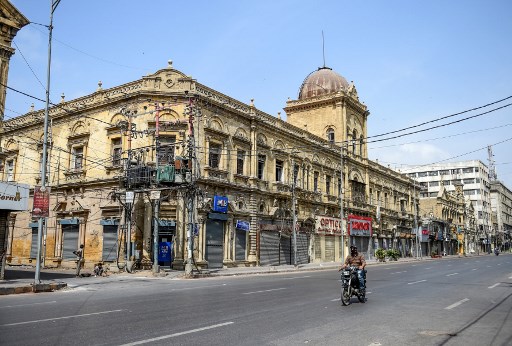
In nearby Bangladesh, however, only 27 cases have been reported, with two deaths.
Millions of people in India were in lockdown Sunday as the government tested the country’s ability to fight the pandemic.
Officials said every private sector worker in New Delhi must work from home this week unless they are providing an essential service. Most public transport will also be halted.
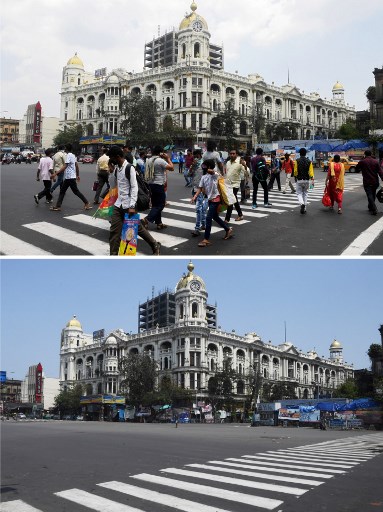
Billionaire Anand Mahindra, whose vast Mahindra Group business empire includes cars and real estate, said his manufacturing facilities would try to repurpose to make ventilators.
Testing has expanded in the country of 1.3 billion people amid concerns that the 360 reported cases, including seven deaths, vastly understates the true scale of the crisis.
People took to their balconies in major cities after Prime Minister Narendra Modi urged Indians to thank medical workers and emergency personnel by clapping or banging pots and pans for five minutes at 5:00 pm Sunday.
The World Health Organization has called for “aggressive” action in Southeast Asia, fearing that a major outbreak could cripple the region’s often decrepit health care systems.
Second wave
Authorities are now dealing with a second wave of infections in places where outbreaks appeared to have been brought under control as people return from abroad.
Singapore is banning all short-term visitors to the densely populated city-state after a surge of imported cases took its total to 445 — including its first two deaths on Saturday.
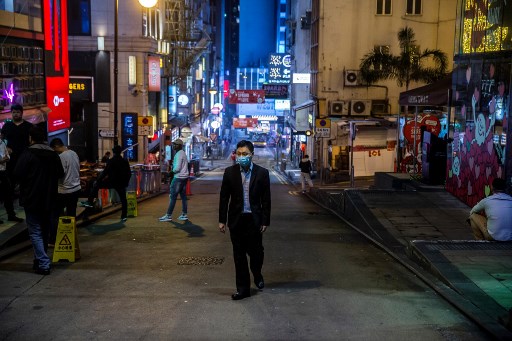
In Hong Kong, where the worst had appeared to be over, the number of cases nearly doubled in the past week as more people fly back to the financial hub.
Infections in Malaysia hit 1,306 — more than half linked to an international Islamic gathering held last month, with attendees later returning to Singapore and Indonesia with the virus.
In Sri Lanka, where 82 cases were reported, guards fired on inmates in a northern prison when they tried to break out, angry over a ban on family visits to prevent the spread of the virus.
Two convicts were killed and six others wounded.
Authorities also put restrictions on the sale of two malaria treatments amid fears of a run on the drugs after US President Donald Trump said that they might be effective to prevent a COVID-19 virus infection — though scientists agree that only more trials would determine if chloroquine really works and is safe.
Papua New Guinea, which has one confirmed infection, declared a 30-day state of emergency and halted domestic flights and public transport for two weeks.
Guam, which has 15 cases, confirmed a 68-year-old woman had died of COVID-19 — the first virus-related death in the Pacific.
© Agence France-Presse

